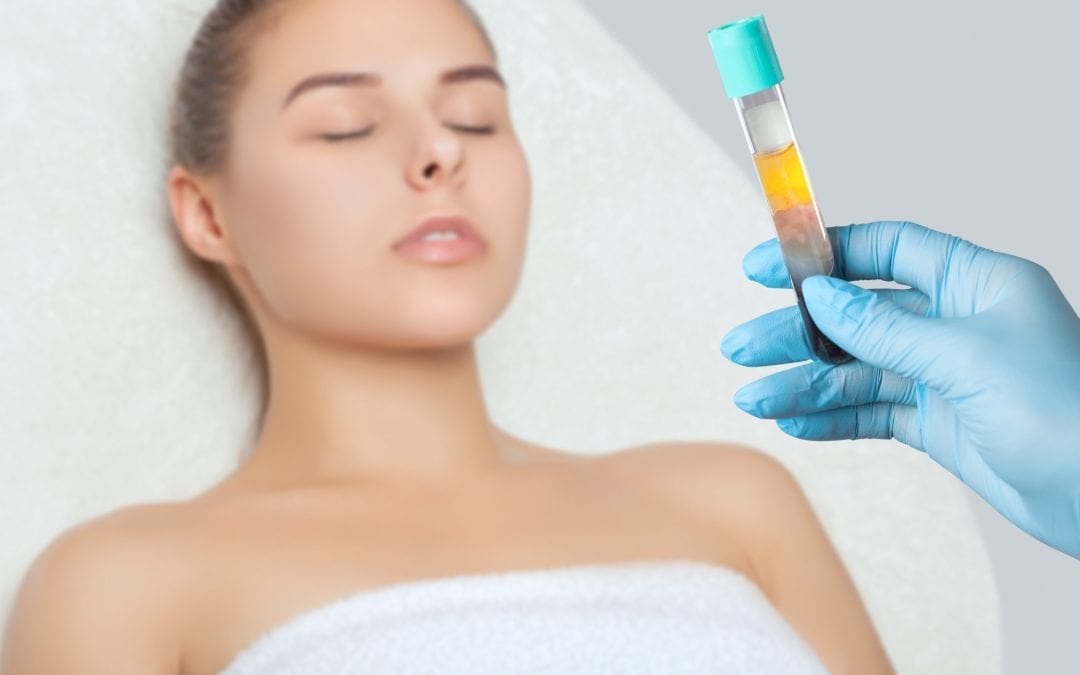PRP is a very natural way to rejuvenate facial areas by treating lines/wrinkles, improving skin quality/tone and helping to restore lost soft tissue volume. As the procedure is performed using the patient’s own blood, this procedure is often known as the “Vampire face lift”. PRP was first pioneered in the 1970s and applied its first use in Italy in 1987 in open heart surgery. Since then it has been used in many different medical fields, cosmetics, hair regrowth treatment, sports medicine, pain management, orthopaedics etc.
From 2005, PRP has been used for aesthetic indications, as it has been found to have growth factors that accelerate the repair of aged and damaged soft tissues. It achieves this by stimulating thickening of the superficial layer of the skin and increasing collagen formation. As well as improving cell renewal and blood supply to the specific area.
The treatment has been popular with such celebrities as Bar Refaeli and Kim Kardashian and is also a popular treatment carried out in our Chapel Allerton, Leeds clinic.
What does the treatment involve?
Platelet Rich Plasma is essentially an increased concentration of autologous platelets suspended in a small amount of plasma, platelets increase by 3- 5 x. To do this approximately 10-20mls of blood will be taken from a vein in the patients arm and centrifuged in a blood tube to separate the red/white blood cells from the plasma. The platelets collected in PRP are then activated by the addition of thrombin or calcium chloride which induces the release of growth factors and cytokines that are so beneficial in skin rejuvenation and volumisation. What is achieved is a fibrin matrix that acts as a scaffolding to support tissue regeneration and collagen production.
PRP can be used as a standalone treatment or with other treatment options such as combined with dermal fillers, dermarolling or mesotherapy.
What is the recommended amount of treatments?
The number of the treatments depends on the quality of the skin and age of the patient, the desired outcome and the treatment plan selected. Usually 2-3 treatments are recommended with a 4- 6 week gap in between each treatment. Results vary and are very individual, for those who start rejuvenation treatment before lines become deeply etched and skin too lax, then this is a good standalone treatment, but if the lines are deep then combination treatments are needed. Improvements can be seen at around 2-3 weeks yet optimisation is around 2 months when the skin will be smoother, firmer and revitalised.
For more information on PRP or to book a free consultation at our Chapel Allerton, Leeds clinic – please call 01132253938 or email info@medifine.co.uk


